Overtrekking in Himalayas – it has been told umpteenth time. Of late, rules and regulations are also in place. But are they really effective? Can they really help in preserving the already fragile ecosystem of the Himalayas from the impact of over-trekking? We love to venture into the realms of the Himalayas, to enjoy the blissful sights, to take in the pure air and to find the exhilarating beauty of nature. But all that comes with a caveat. The more we are exploring these virgin lands, the more we are harming their delicate ecosystem. And in turn, causing wreckage to our own existence.
Years of travel and trekking have made both of us realize the importance of preserving the environment. When we had done the Chadar Trek in 2013, it was an experience of a lifetime. But in recent years, there was news of the ice layers being broken at large patches. Just imagine, a place where -40 degrees of temperature even in the daytime is the norm, ice sheets were melting. The fragile ecosystem obviously could not handle the pressure of so many trekkers who had been there for getting the bragging rights of completing one of the wildest treks in India!
When bragging rights replace respect, bad things happen.
The young Indians have of late fallen in love with adventure. There is a huge increase in the number of trekking and adventure companies and people can go for a trek just as they would go on a vacation! Some of these do not mind the arduous climb just to have party on the mountains and to get the bragging rights of been there and done that.
You need special shoes for trekking. And a bit of special soul as well.
Well, the special soul seems to be missing these days.
Impact of Over Trekking and irresponsible trekking

Waste Management
This is perhaps the most harmful impact of over trekking in the Himalayas. On our way to Sandakphu, we found packets and wrappers of chips, toffees and what not near the small eateries and dhabas. The treks that can be done over the weekends from Delhi have already become a garbage dump. With hundreds of people pouring in, there are empty beer bottles, plastics and garbage strewn around. The waste management is a serious issue at these trekking trails. Although a few trekking companies and NGOs are trying to clean the trails by bringing back the garbage and waste, it is obviously not enough. These tourist-trekkers expect luxury services even at the high altitudes such fine cooked food served in dining tents and even packaged water at times. Cooking generates a lot of bio-degradable and non-biodegradable wastes. Also, the leftover food is dumped on the ground. Would you really like to see food and wastes lying around in such a beautiful surrounding?

Faecal contamination
When you eat, you also have to defecate. With more and more commercialization of treks, toilet tents are now provided at the treks by the trekking organizations. The normal decomposition process is already slower in the high altitudes. So it is not rocket science to understand that with so many trekkers, the toilet pits will become the breeding grounds of bacteria, which would ultimately contaminate the soil and water.

Widening of Trail
More and more people on trekking trails causes widening of the trail and often creates multiple trails. With tourists demanding luxury in the treks, tents, cooking utensils and even tables and chairs are carried on mules at the mountains. Also, many of the trekkers also offload their bags and mules are used to carry them. When we had been to the Roopkund, we were happy to see just a few tents on the Bedni Bugyal. We had the whole meadow to ourselves to admire. But in a recent photograph, Bedni Bugyal looked like a Sunday picnic spot with colourful tents of various shapes and sizes erected on the meadow. Carrying of all the luggage and equipment of so many trekkers would definitely cause immense traffic along the trekking route. This will lead to the widening of the trail and also the lookout for alternative trails. And that, in turn, would mean, trampling of the plants and grasses and damaging the soil. Think about it.
Take the example of Sandakphu. It is one of the most beautiful treks in West Bengal. Nowadays, there is an all-weather road to Sandakphu for the tourists as well. The beauty of the trek to Sandakphu has diminished with this. And as you look mesmerized at the Kanchenjunga ranges and look out for the Everest ranges at Sandakphu, you turn back to see a huge building erected on the other side. That is a seven-storeyed hotel – looking totally out of place. We sincerely hope that the concrete road does not extend till Phalut.

Disturbance of wildlife
With so many people on the trail, it is quite obvious that the wild animals will be disturbed by the intrusion of human beings on their territory. Mountains have their own climate. The unique flora and fauna of the region are quite sensitive to human disturbances. The tranquility of the place is broken with loud music and DJs and nature as well as wildlife are disturbed. The more the indiscriminate and irresponsible trekking, the more will the wildlife suffer.

Pressure on the Natural Resources
There is a huge pressure on natural resources caused by trekking. Nature has provided water, wood and other natural resources in the just the amount that is required for the sustenance of the local people. With more and more trekkers pouring in, there is a pressure on these resources. Woods used for cooking or campfire is often obtained from the trees of the jungles. The more the number of trekkers, the more is the pressure.

Social impact
Often trekkers on the way give chocolates and other dry food items to the village children that they encounter on the way. This has an adverse effect. Nowadays, many kids have started asking for chocolates and money from the trekkers.
Also, over trekking can ultimately lead to loss of legends, history and traditions. Nowadays, many young people in the Zanskar region do not know how to judge the thickness and robustness of the Chadar (ice sheet) by tapping the ice sheet with a stick or listening to the sound of gurgling water below!

The Way Forward
Trekking is a wonderful experience for those who do it right. We know many fellow trekkers who love and respect the mountains but also have seen many many irresponsible trekkers on our way. There are people who do not pay any heed to the environment, who party and play loud music on the mountains and do not give a damn about anything.
Also, there is no doubt that trekking and tourism bring income and money to the local economy and provides jobs for the local people. But again, the problem lies in the over-exploitation of nature and resources.
Is banning of the treks a solution?
Well, of course not. If you ban one trek, another trail will be found and that will be exploited next. Very recently, the Uttarakhand government had banned camping at the high altitude meadows. It was though a welcome step but met with protests from the trekking communities. Ban is not a solution to this problem.
There needs to be some sustainable solution to this. The start could be with regulating the number of trekkers on a particular trail. There can also be a permit fee for the trekkers. But that fund should be used for the sustenance of the trekking trails.

What can be done to help the Himalayas?
- Permit the number of trekkers to a particular route.
- Completely ban plastics on the trekking trails.
- The trekking companies and trek leads and guides must have basic knowledge of the preservation of the ecosystem in the mountains.
- To tackle noise pollution, a complete ban should be announced on the use of loudspeakers in the higher regions and meadows.
- The locals should also be sensitized about waste management. The local community should not be used only as porters and guides. They should be educated to handle greater responsibility towards the environment and the place they call their home. They should understand that if they do not protect nature today, they would have nothing left tomorrow.
- Finally, the trekkers should be more responsible. This should be done for our own selfish reason. Trekking can actually teach a lot of lessons. We do not want to miss the joys of trekking. Trekking should be taken in spirit and not like a bragging right. Many of our Bollywood films are to be blamed for this glamourization of the treks.
Please don’t be the trekker who thinks that if I have paid for the vacation, then my enjoyment gets the first priority. Don’t be that traveller.
We can change this. One trekker at a time, making sound travel decisions can make a lot of difference. If you do not care, you better remain at home.
Liked the post? Pin it for a later read.


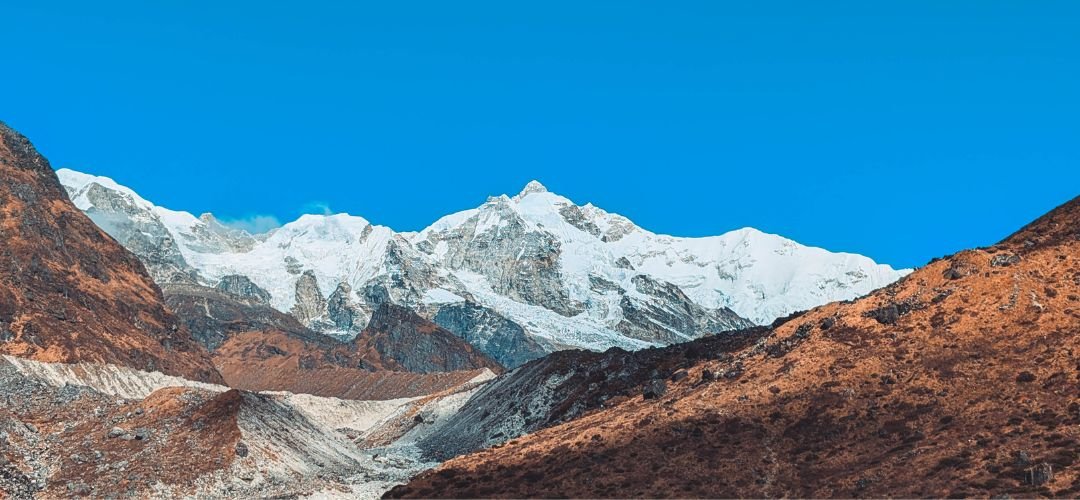
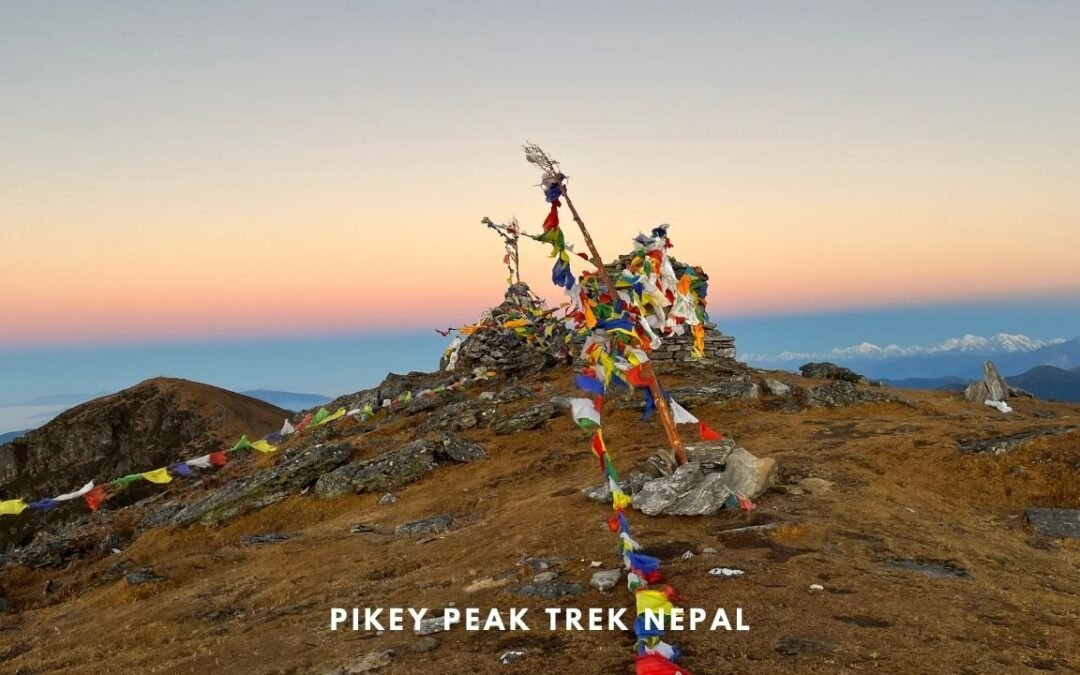
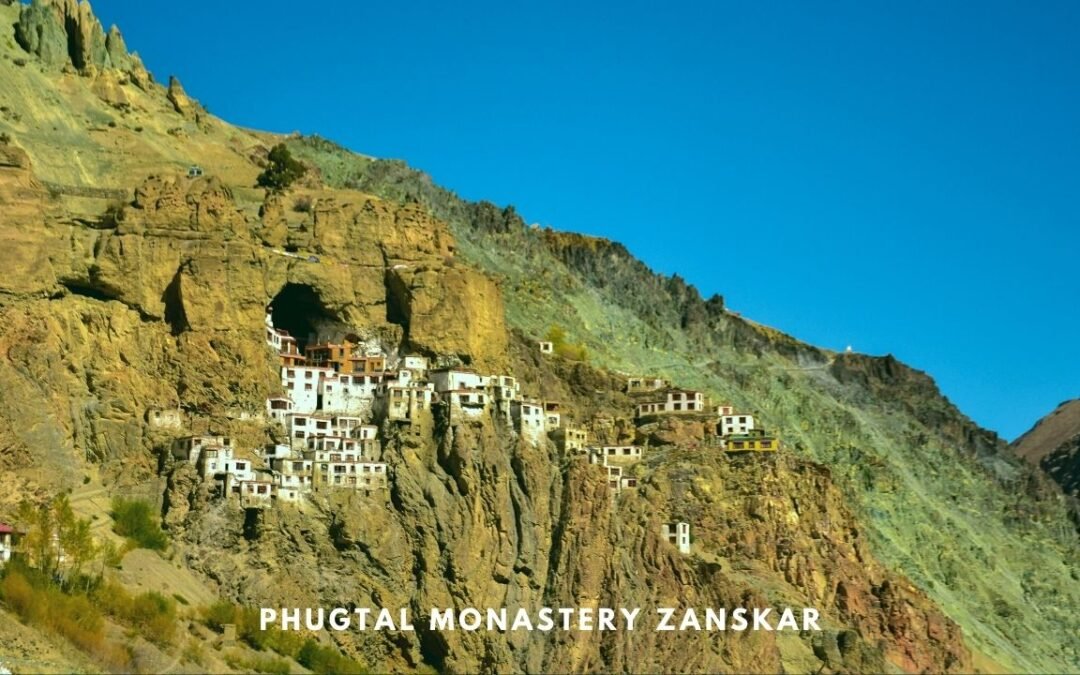
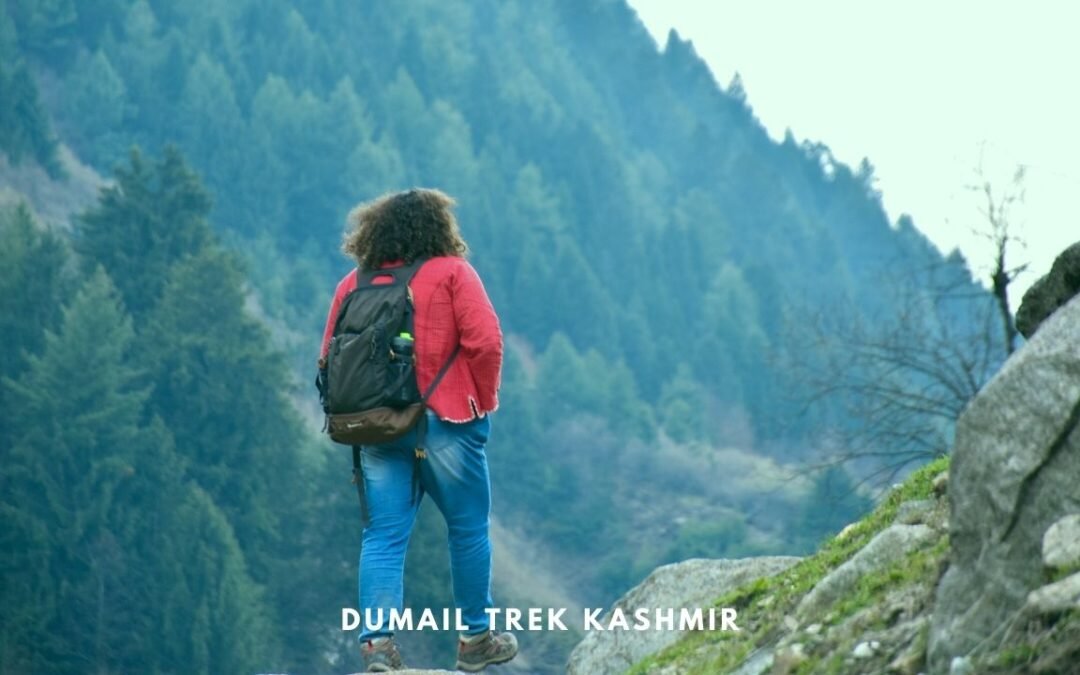
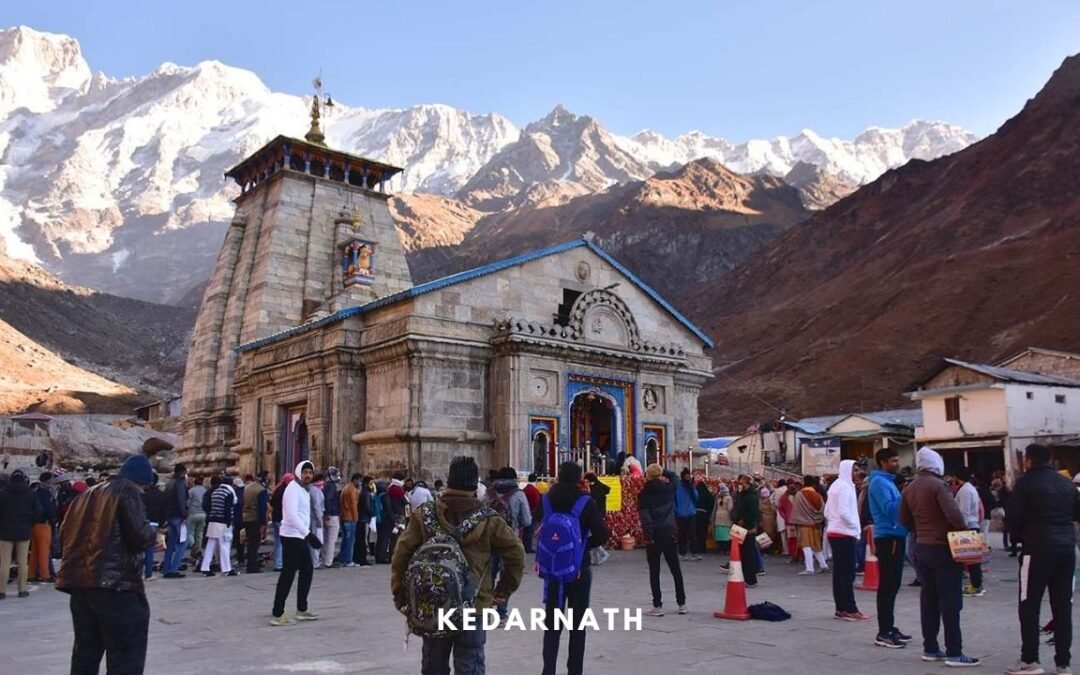
I have experienced of Nag Tibba trek. During the reading the first half of your article, I felt that you suggest not go to trekking. You are really the lover of nature and earth because your suggestion on how to go for trekking is really very good. I never read this type of article before this. lots of thanks to writing.